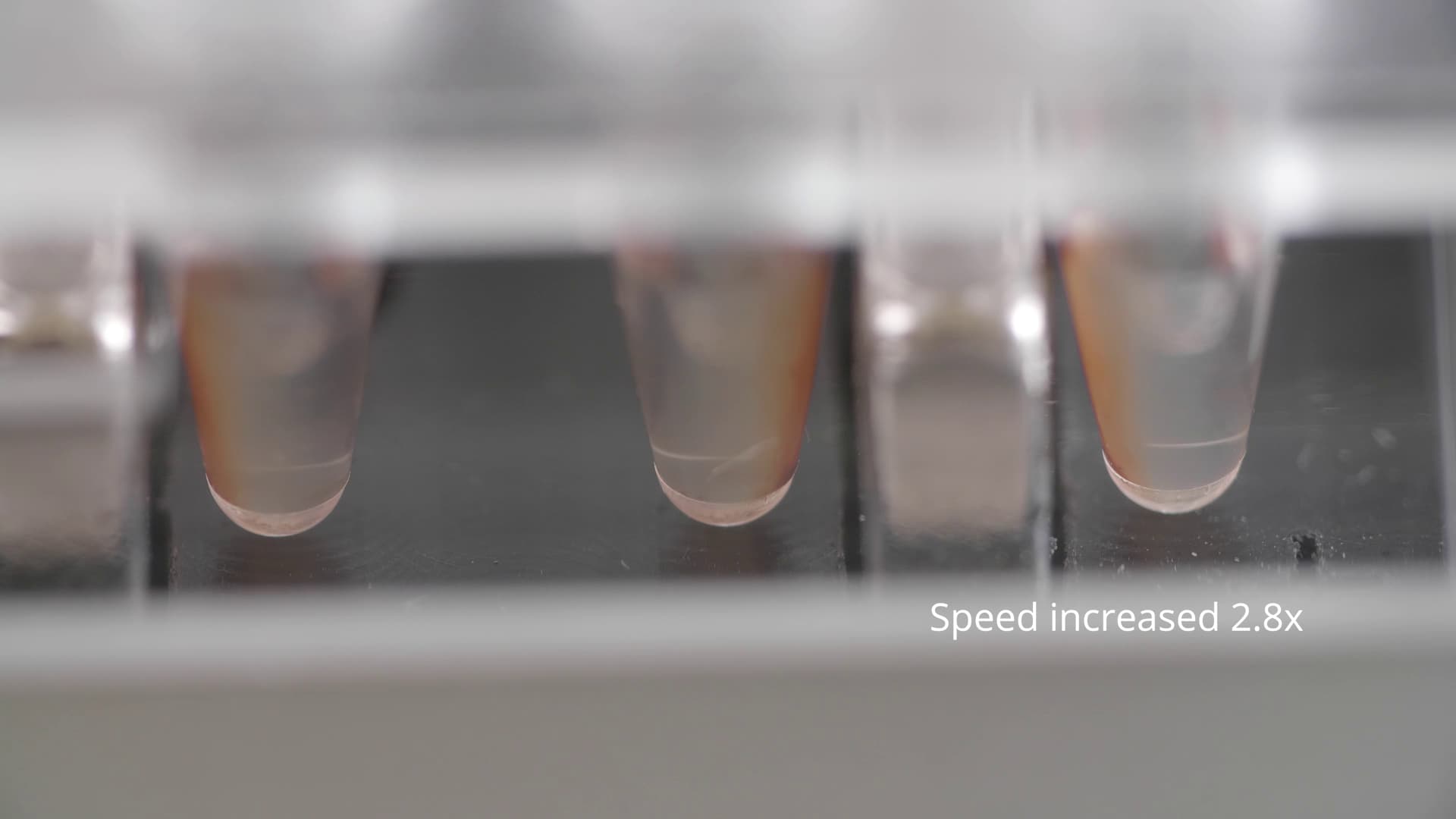
Researchers from all life science disciplines rely on nucleic acid extraction to initiate experiments in applications from basic research to more complex ones including biomarker discovery, cell free diagnostics, epidemiology, and microbiomics. Once extracted, the nucleic acids are most often subjected to very sensitive quantitative techniques such as next generation sequencing (NGS) and qPCR. Given the sensitivity of these techniques, even minor variations or inconsistencies in sample preparation and downstream analysis can significantly impact results, leaving you with data that may not be reliable.
One important source of variation is manual sample handling. This poses the risk of pipetting errors, as well as protocol deviations that may occur when working with large sample numbers. For example, by the time a given step has been completed for all samples in a set, the first sample has exceeded the maximum standing time for that step. This scenario may prove critical when working with fragile nucleic acids such as RNA. Fortunately, you can circumvent the risks of manual sample handling by automating nucleic acid extraction with a pipetting robot, thus ensuring greater consistency and reliability and better quality data overall.
Besides the above, automated extraction should also facilitate inter-laboratory research, since the impact of human intervention and error is greatly reduced, leading to greater data consistency and reliability.
If you’re considering automation for your lab, get in touch. We’d be delighted to help walk you through it.